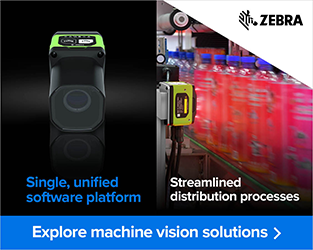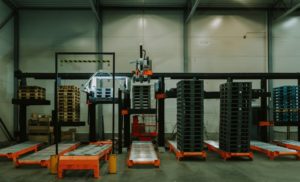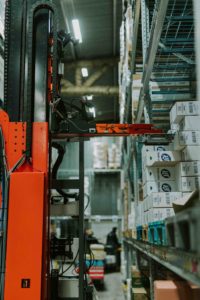At this year’s Robotics and Automation exhibition, RARUK Automation will focus on easy automation solutions to suit different needs and budgets, irrespective of company size or level of automation experience.
As visitors to the Coventry Building Society Arena on 01-02 November 2022 will discover, solutions on show will extend from flexible, plug-and-play cobots that can be quickly integrated to boost productivity or eliminate repetitive tasks through to dedicated, application-specific systems for upscaling the manufacturing process.
Universal Robot (UR) six-axis collaborative robot arms will be featured in all four main stand displays that respectively demonstrate automated feeding and sorting, machine tending, screwdriving, and sanding.
A key element of the first automation example is FlexiBowl, RARUK Automation’s automatic bulk parts feeder, that allows families of parts to be fed into the assembly process regardless of their shape, fragility, material composition, weight and surface characteristics.
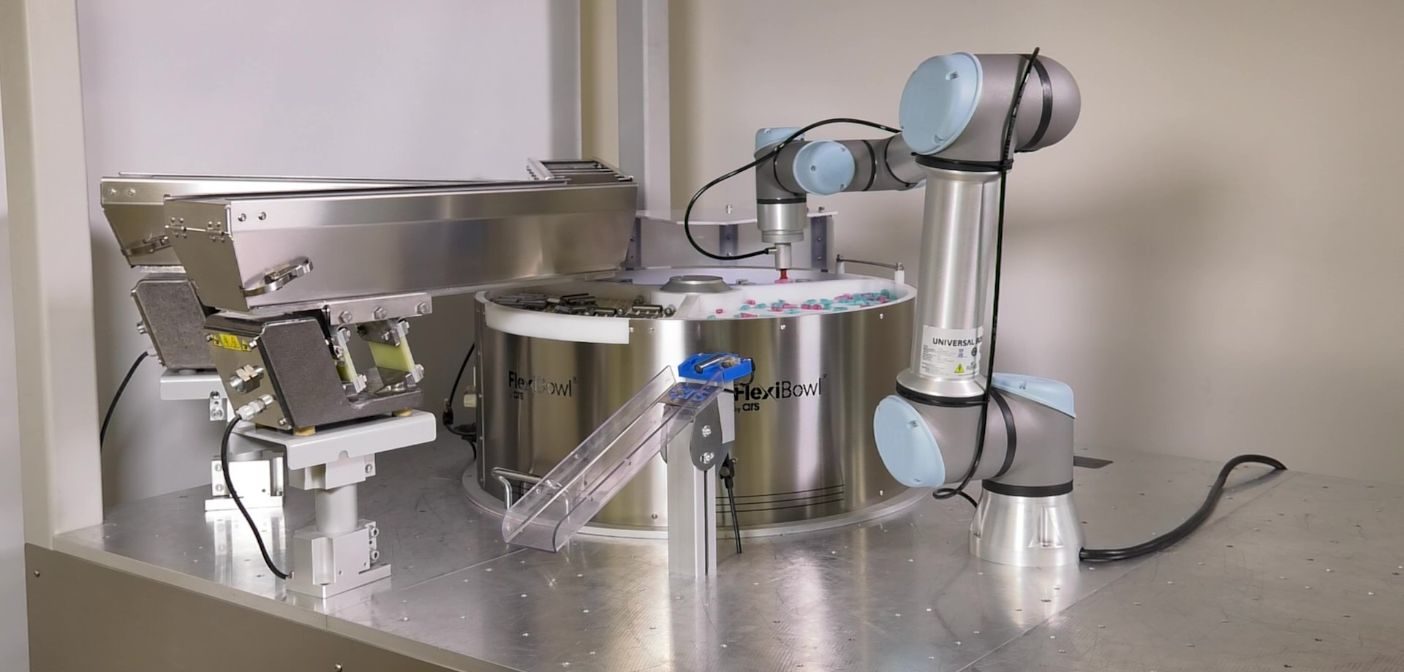
The FlexiBowl automatic bulk parts feeder will be on display at Robotics and Automation 2022
FlexiBowl now has a specific URCap, a platform upon which shortcuts can be introduced that enable Universal Robots to work with accessories on many different tasks. The new FlexiBowl URCap connects the feeder and the UR controller, enabling applications to be set-up via the UR Teach Pendant.
Automation solutions from RARUK Automation are designed to give manufacturers uncomplicated and inexpensive means to automate common tasks and boost productivity. For example, its latest introduction – the Robotiq Machine Tending Solution – is designed to make it viable for SMEs to introduce automatic parts loading in two-to-three hours.
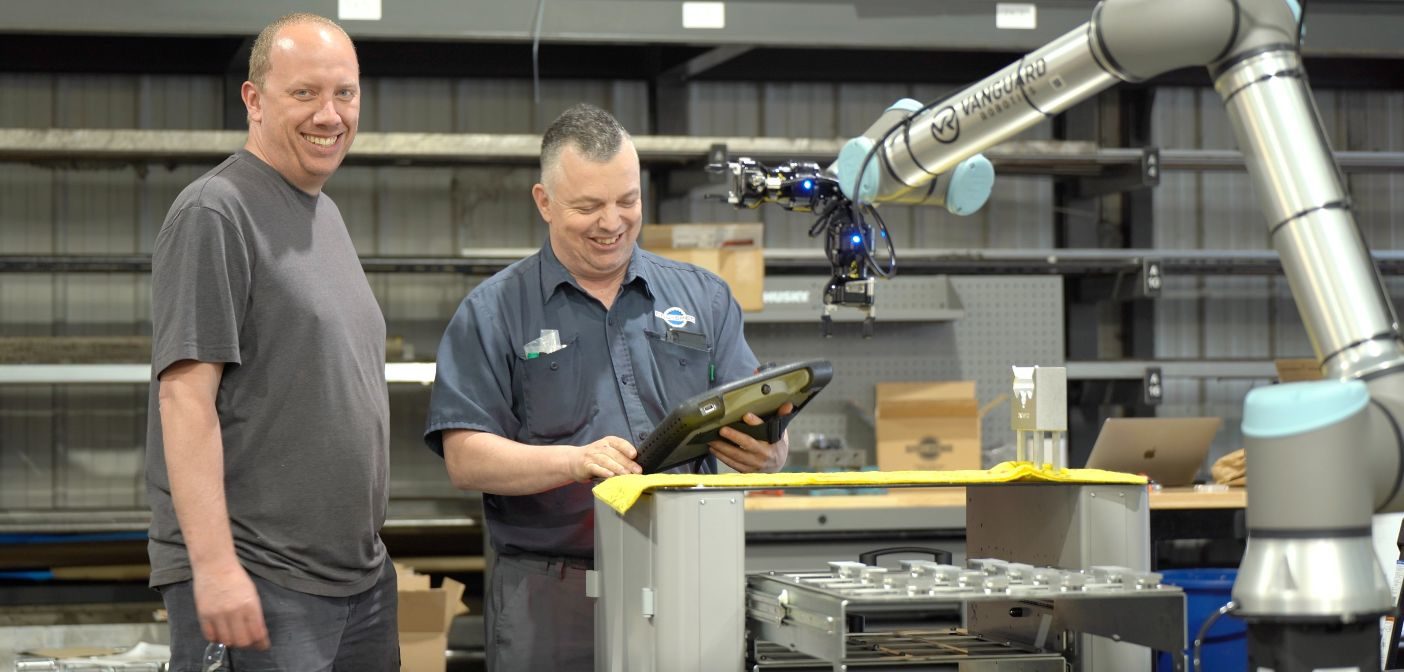
The Robotiq Machine Tending Solution can be applied to any brand or type of CNC machine without modification
The solution, which visitors will see it in action at the show, can be applied to any brand or type of CNC machine without modification. Instead of hard-wiring the machine, as is required with conventional automation, non-invasive modules manage communication with the machine’s interface, greatly reducing deployment time.
Furthermore, URCaps plug-and-play allows the Robotiq package to be integrated with a choice of Universal Robot arm, also available from RARUK Automation.
Also on display from RARUK at the UK’s largest exhibition dedicated to robotics and automation technologies will be the Robotiq Screwdriving kit, which enables this otherwise dull and repetitive yet crucial manual process to be automated quickly, thereby ensuring the quality and durability of the end product.
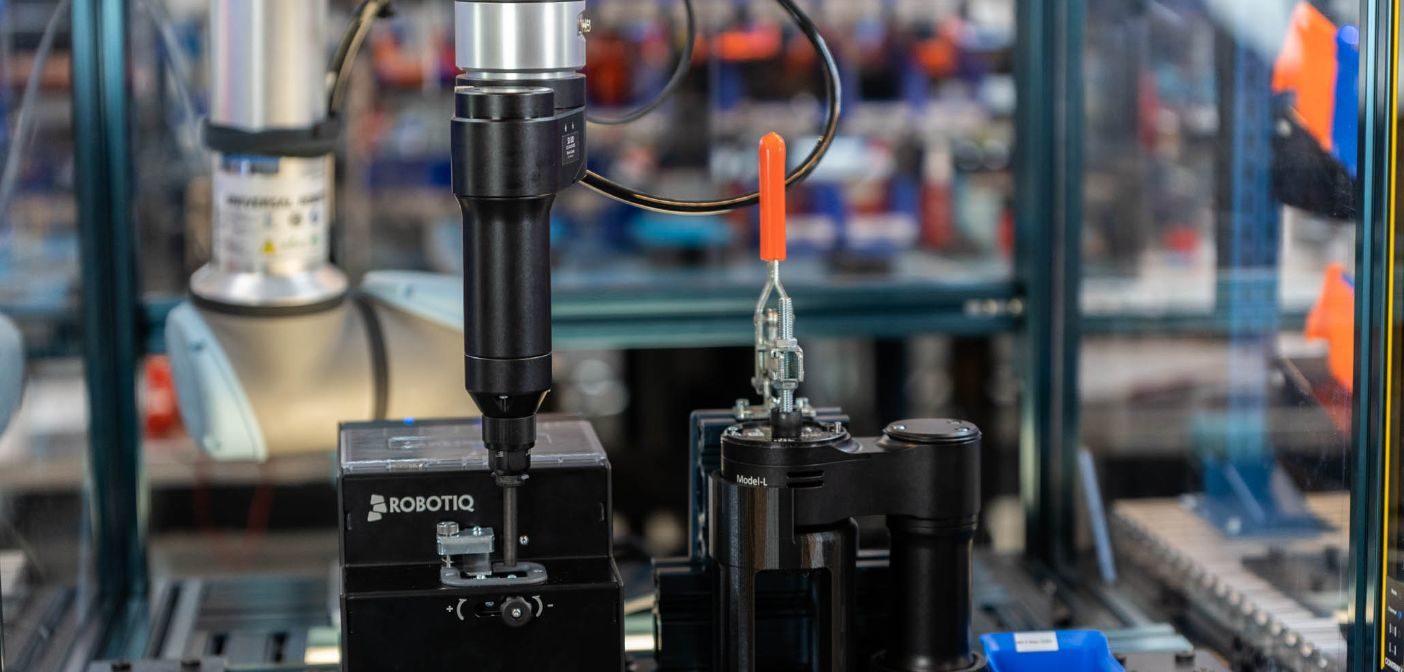
The cobot-based Robotiq Screwdriving kit is extremely compact and can be set-up on a bench top
Comprising all the elements needed to convert a Universal Robot into a highly productive screwdriving cell, the cobot-based solution is extremely compact and can be easily set-up on a bench top, if required.
Completing the application-specific demonstrations is automated surface finishing, which increases both quality as well as productivity. The Robotiq Surface finishing kit is suitable for use on a range of different materials including wood, plastic, metal, fibreglass, solid surfaces and carbon fibre.
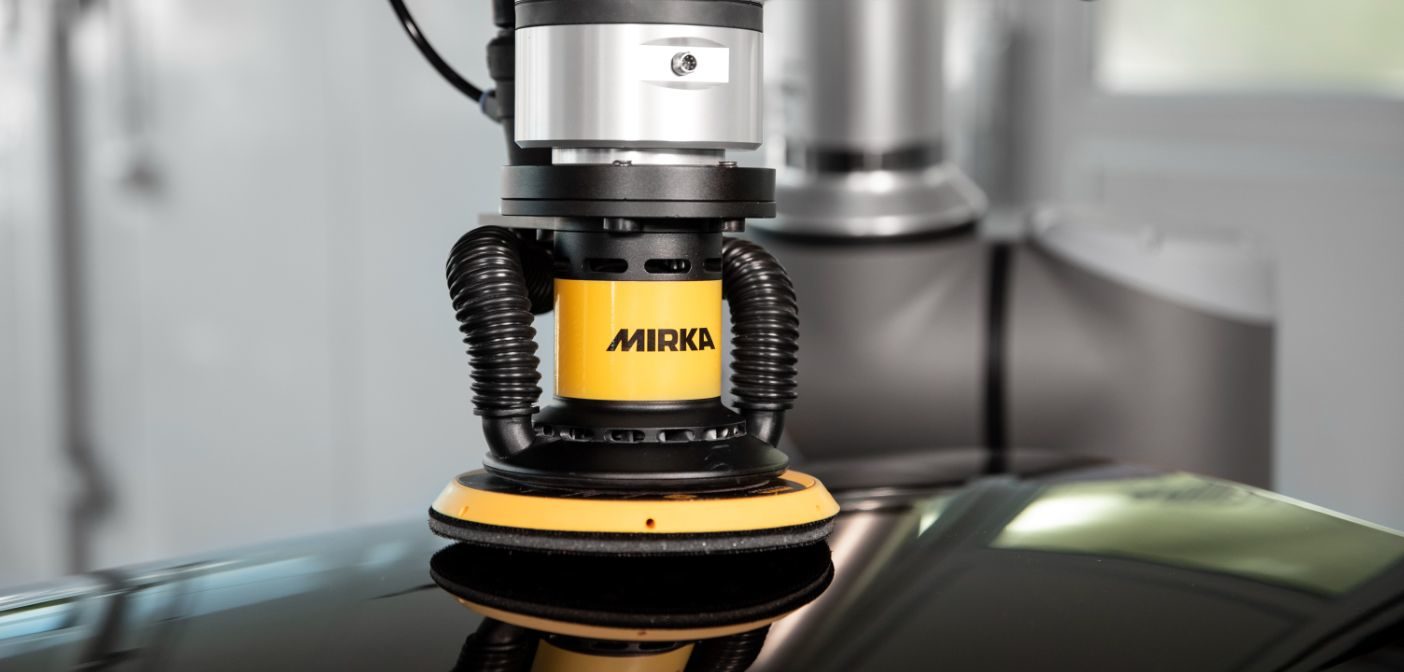
The Robotiq Surface finishing kit is suitable for use on a range of different materials
In combination with the Universal Robot cobot, the system can be customised for woodworking applications, for example, auto-programming of sanding and/or polishing paths for complex parts, to ensure consistent surface finishes for each product.



